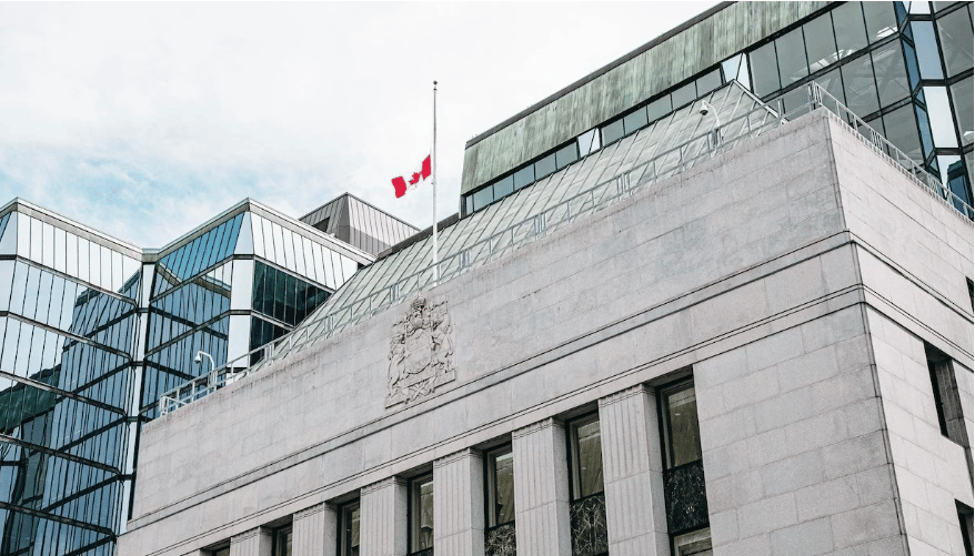With the final Bank of Canada (BoC) interest rate announcement of 2024 approaching on December 11, Canadians are wondering not if rates will be cut but by how much. This marks the eighth and last policy decision of the year, concluding a year of significant monetary easing after a period of historic tightening in 2022-2023.
Here’s what the Big Five Banks are forecasting and their reasoning:
1. TD Bank: A "Close Call"
- Forecast: 25 basis points (bps) cut.
- Economists at TD have consistently maintained their prediction of a smaller rate cut, even after October's unexpected 50 bps cut.
- While labor market data shows unemployment rising to 6.8%, the continued resilience in job growth and housing market performance supports their conservative call.
- However, TD acknowledges that markets are increasingly pricing in a larger 50 bps cut, making this a tight decision for the BoC.
2. Scotiabank: Leaning Toward 50 bps
- Forecast: 50 bps cut, though with reservations.
- Economist Derek Holt supports the possibility of a half-point reduction but outlines reasons for caution:
- Pros: Markets are already priced for a larger cut, and inflation risks appear manageable.
- Cons: October saw inflation rise to 2% year-over-year, suggesting caution to avoid stoking inflation further.
- Holt describes BoC Governor Tiff Macklem as favoring a dovish stance, but he acknowledges data-dependent risks.
3. CIBC: "Why Not 50 bps?"
- Forecast: 50 bps cut.
- Economist Avery Shenfeld argues for a decisive move, suggesting a half-point reduction could accelerate the needed economic relief without risking runaway inflation.
- Shenfeld predicts that rates could drop to 3% or lower by mid-2025, advocating for proactive measures now to boost economic growth.
4. RBC: Confident in 50 bps
- Forecast: 50 bps cut.
- Economists at RBC anticipate a half-point cut, adding to the 125 bps already reduced since June. They argue that current rates are still too high to maintain inflation at the BoC's 2% target.
- Resilient consumer spending and housing demand are noted, but GDP growth remains below expectations, supporting their forecast.
5. BMO: Hesitant Agreement on 50 bps
- Forecast: 50 bps cut, though not ideal.
- BMO economist Benjamin Reitzes acknowledges the rationale for a larger cut, citing rising unemployment and mixed economic data. However, he warns of potential risks, particularly to the housing market:
- Recent easing of mortgage insurance rules could stoke housing demand, exacerbating affordability challenges.
- Reitzes emphasizes caution to avoid overheating the housing sector.
Key Takeaways
The consensus among major banks is a 50 bps cut, but opinions vary on the implications and risks:
- Larger cuts could stimulate growth but risk reigniting housing market challenges.
- Smaller cuts might better balance inflation and affordability concerns but may delay economic recovery.
As the BoC prepares for its final decision, all eyes remain on how these forecasts will play out, shaping Canada’s economic landscape heading into 2025. Stay tuned for updates on what this announcement could mean for your mortgage and financial plans.
For more insights and personalized advice, connect with us today!

